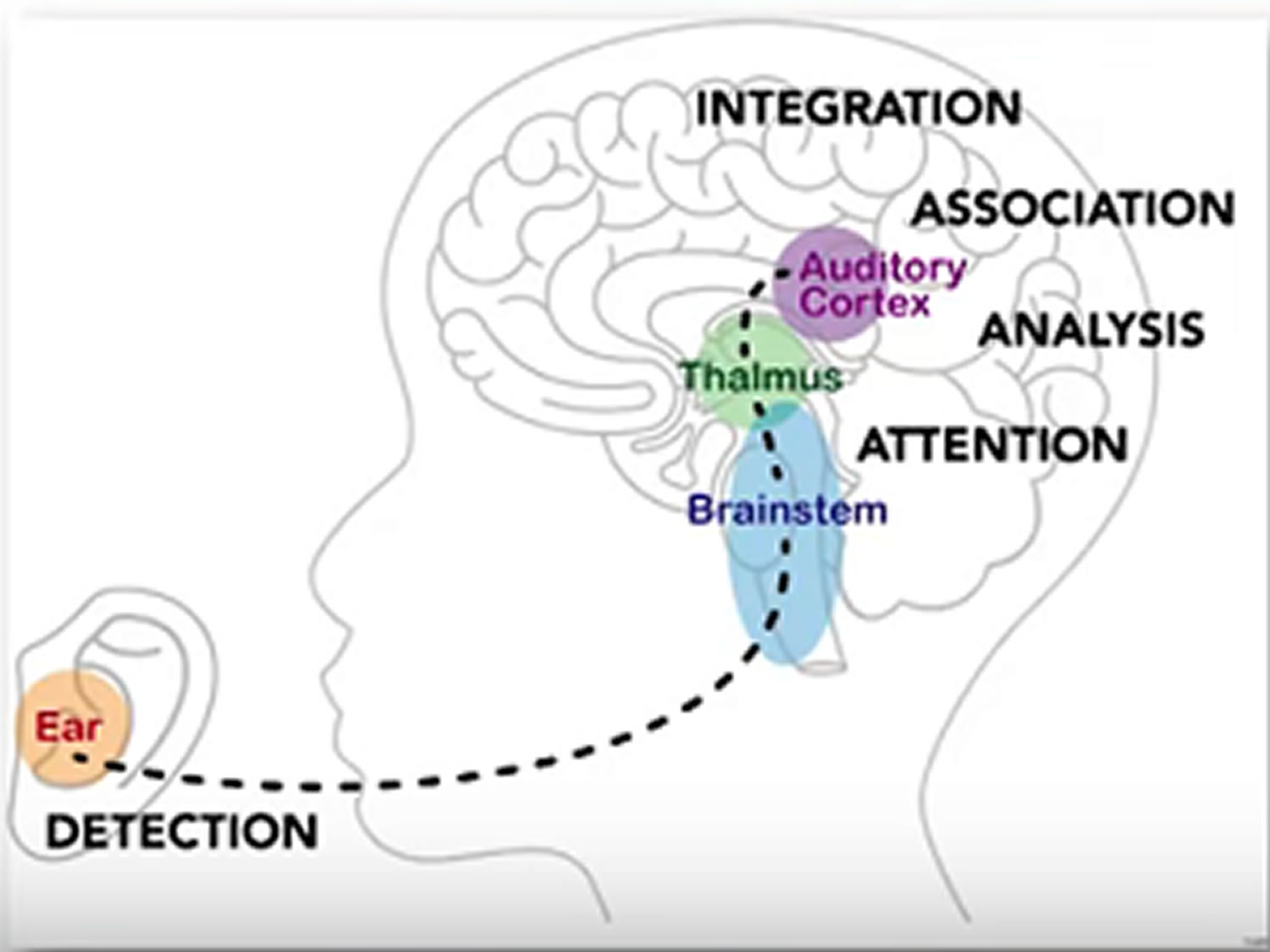

Thankfully, in some cases, hearing aids are viable options to help those with APD. Unfortunately, this learning process gets halted for some people.Īuditory Processing Disorder (APD) is a condition that interferes with the hearing process, disrupting the way the brain recognizes sounds and interprets speech. Over time we learn to recognize words and associate them with their objects.īefore you know it, we speak, participate in conversations, and learn more about the world around us. We hear their words, just combinations of letter sounds, and seek to interpret them based on numerous developmental cues. From a very early age, we are hardwired to listen intently to our loved ones as they speak. Sources: American Speech-Language-Hearing Association Child Mind Institute Seminars in Hearing Strickland Ear Clinic Understood.The ability to hear sounds is a large part of our development.
#CENTRAL AUDITORY PROCESSING DISORDER IN ADULTS TREATMENT PROFESSIONAL#
HHF offers general information only and does not offer medical advice. Please consult your hearing care professional with any specific questions about your auditory health and healthcare. Informal auditory training does not use stimulus control with an audiometer instead they are presented face-to-face rather than played from a recording on a device. Performance is scored periodically and training difficulty is modified to bring performance closer to the criterion. The stimuli may be routed through an audiometer for control. Training can be formal or informal:įormal auditory training uses recorded stimuli (e.g., tones, noise, speech, digits) presented via an audio device.

Examples include teaching the patient to be more proactive when in a learning environment, such as requesting clarification, asking a person to repeat directions, or using a recording device.Īuditory training: This intervention directly attempts to improve the function of the affected auditory process(es) by addressing auditory skills. SLPs can also help children improve perception of individual sounds (phonemes) in words, which can help with reading, employ active listening skills, and use appropriate language in social situations.Ĭompensation strategies: Individuals with APD can be taught skills to compensate for weak listening ability.

Speech-language pathology (speech therapy): Because children with APD struggle with sound discrimination-differentiating between similar sounds-speech-language pathologists (SLPs) can help them perceive these sounds better and more clearly. Top-down environmental modifications, which change how information is imparted, include: checking for comprehension, complementing verbal speech with visual cues, slowing the speaking rate, repeating key information, providing written instructions, and providing a notetaker. As it is a neurological problem, it cannot be treated with medication.Ī successful treatment plan for APD incorporates many different approaches.Įnvironmental modifications: These modifications fall into two types, bottom-up and top-down, and aim to create a redundant listening and learning environment.īottom-up environmental modifications, which are acoustic-based, include: hearing assistive technology, architectural interventions to reduce reverberation, and preferential seating away from adverse noise. There are no cures for APD, but there are many treatments that aim to improve the effectiveness of everyday communication. HHF does not offer medical advice. Please consult your hearing care professional with any specific questions about your auditory health and healthcare. The following is general information only. Treatments for Auditory Processing Disorders


 0 kommentar(er)
0 kommentar(er)
